Getting the most out of your darts game often hinges on the smallest details, and one crucial aspect often overlooked is proper maintenance. Our dart sharpening recommendations will help you maintain optimal performance. This article will cover the basics of dart sharpening, along with tips for maintaining your darts and improving your game overall.
⚠️ Still Using Pen & Paper (or a Chalkboard)?! ⚠️
Step into the future! The Dart Counter App handles all the scoring, suggests checkouts, and tracks your stats automatically. It's easier than you think!
Try the Smart Dart Counter App FREE!Ready for an upgrade? Click above!
Before we delve into the specifics of dart sharpening recommendations, it’s important to understand that not all darts require sharpening. Many modern darts, especially those with softer tips, shouldn’t be sharpened. However, if you’re using steel-tip darts, regular maintenance is key to ensuring consistent throws and optimal accuracy. Improper sharpening can actually damage your darts, so proceed with caution.
This guide provides dart sharpening recommendations for steel-tip darts, highlighting the potential pitfalls, and suggesting alternative maintenance strategies for different dart types. We will also explore various techniques for sharpening, helping you achieve the perfect tip for your playing style. Ultimately, mastering these skills will improve your consistency and elevate your game to the next level.
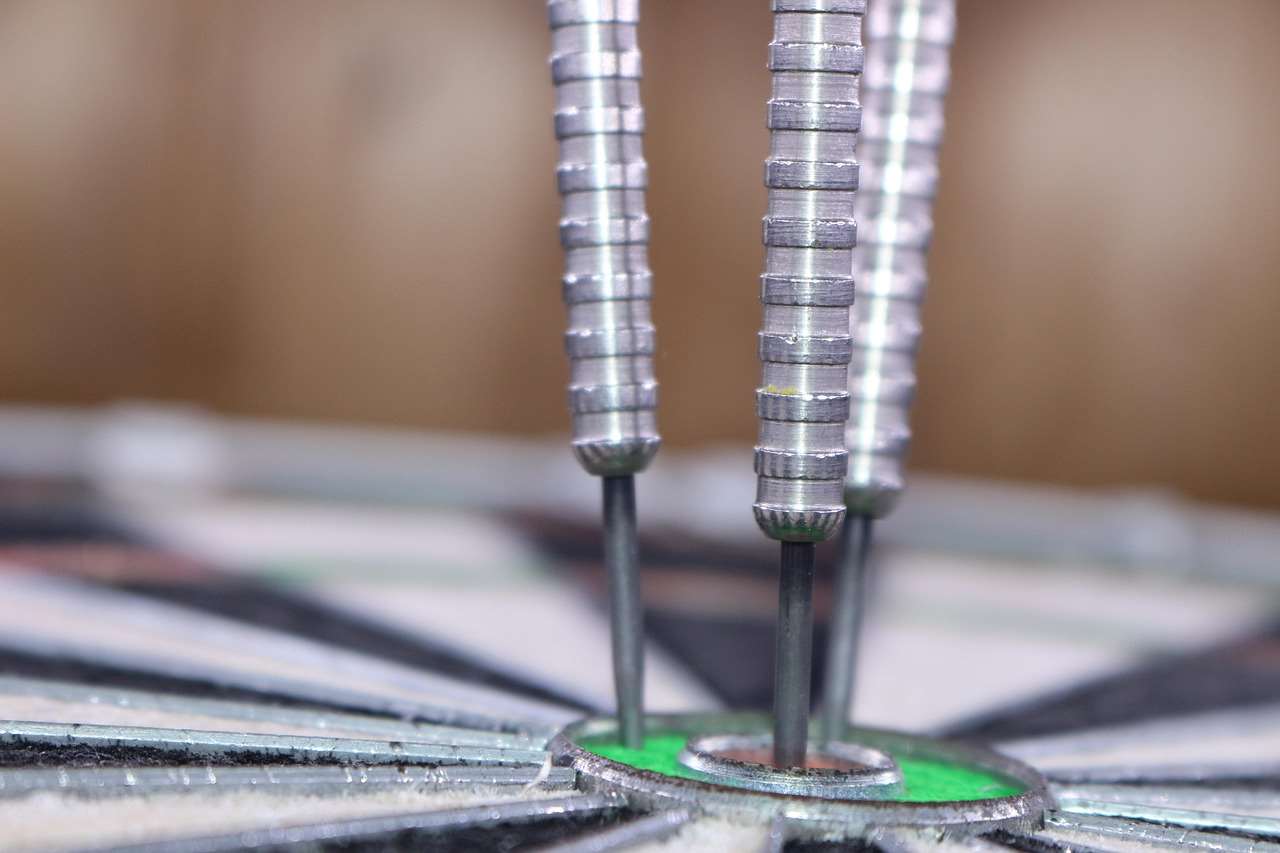
Dart Sharpening Recommendations: Understanding Your Darts
The first step in effective dart sharpening recommendations is understanding the type of darts you use. Steel-tip darts are the most common type requiring sharpening, but the methods and tools vary. Soft-tip darts, on the other hand, generally shouldn’t be sharpened. Attempting to sharpen them will likely damage the tip and ruin the dart.
Identifying Your Dart Type
- Steel-tip darts: These darts have a metal tip that can be sharpened. They are typically used on steel-tip dartboards.
- Soft-tip darts: These darts have a plastic or nylon tip and are designed for use on soft-tip dartboards. Sharpening these is not recommended.
Understanding your dart’s material is crucial. Some steel tips are made from harder alloys than others, affecting the sharpening process. Knowing the material will help you choose the right tool and technique. For example, a harder steel tip will require a more robust sharpening method. If you’re unsure about the material of your dart tips, consult the manufacturer’s information or a specialist at your local darts store.
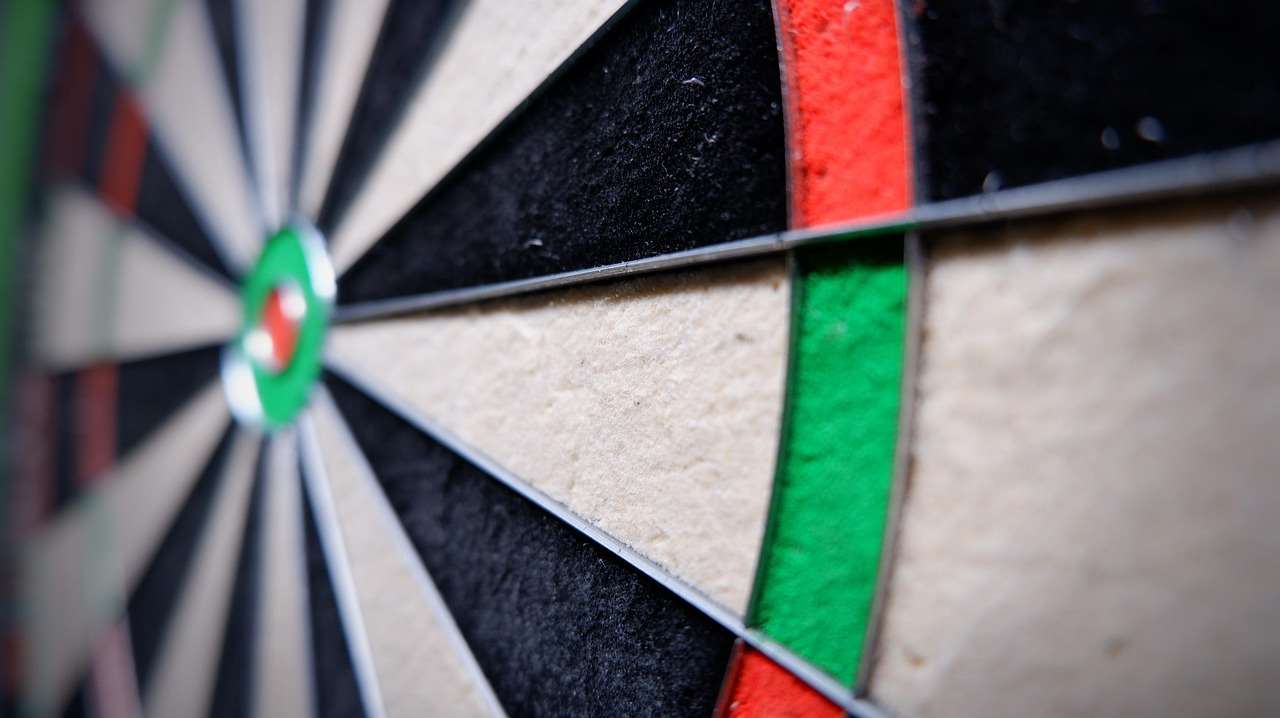
Essential Tools and Supplies for Dart Sharpening
Before you begin, gather the necessary tools. Improper tools can lead to uneven sharpening, damaging your darts. A consistent sharpening angle is crucial for maintaining flight and accuracy. Let’s explore the equipment needed for proper dart sharpening recommendations.
Recommended Tools
- Fine-grit sharpening stone: A high-quality sharpening stone with a fine grit (around 1000-1200 grit) is essential for a smooth, even finish. Avoid using coarse grits, as these can damage the tip.
- Magnifying glass (optional): A magnifying glass can help you accurately assess the sharpness of the tip and ensure a precise sharpening angle.
- Soft cloth or paper towels: Use a soft cloth to wipe away any metal shavings during the sharpening process.
- Dart tip protector (optional): This is particularly beneficial when only sharpening one side of a tip. They prevent damage to the untouched portion.
While some might use other tools like files, a fine-grit sharpening stone provides the best control and precision for dart sharpening recommendations. The goal isn’t to create an extremely sharp point; instead, aim for a consistently smooth and slightly pointed tip.
Step-by-Step Dart Sharpening Guide
Once you have your tools, follow these steps for effective dart sharpening. Remember, patience and precision are key. Rushing the process can result in uneven sharpening, ultimately affecting the flight and accuracy of your darts. Consistency is the name of the game for successful dart sharpening recommendations.
Step-by-Step Instructions
- Assess the tip: Examine your dart tips closely to determine the extent of dullness. A magnifying glass is helpful for this step. If the tip is severely damaged, replacement might be necessary rather than sharpening.
- Secure the dart: Hold the dart firmly but gently. Avoid applying excessive pressure that could cause bending or breakage.
- Sharpening angle: Maintain a consistent angle throughout the sharpening process. Usually, a 20-30-degree angle is recommended. Experiment to find what works best for your darts and preference.
- Sharpen gently: Use light, even strokes on the sharpening stone. Apply minimal pressure. Excessive pressure can lead to damage.
- Frequent checking: Check the sharpness of the tip regularly using your magnifying glass. Aim for a consistently smooth and slightly pointed tip.
- Clean the tip: Wipe away any metal shavings with a soft cloth.
Remember, less is more when sharpening dart tips. Several light passes are better than one heavy stroke. Incorrect sharpening can ruin the dart, necessitating replacement. Always follow Dart equipment repair vs replacement options comparison to check if repair is best.
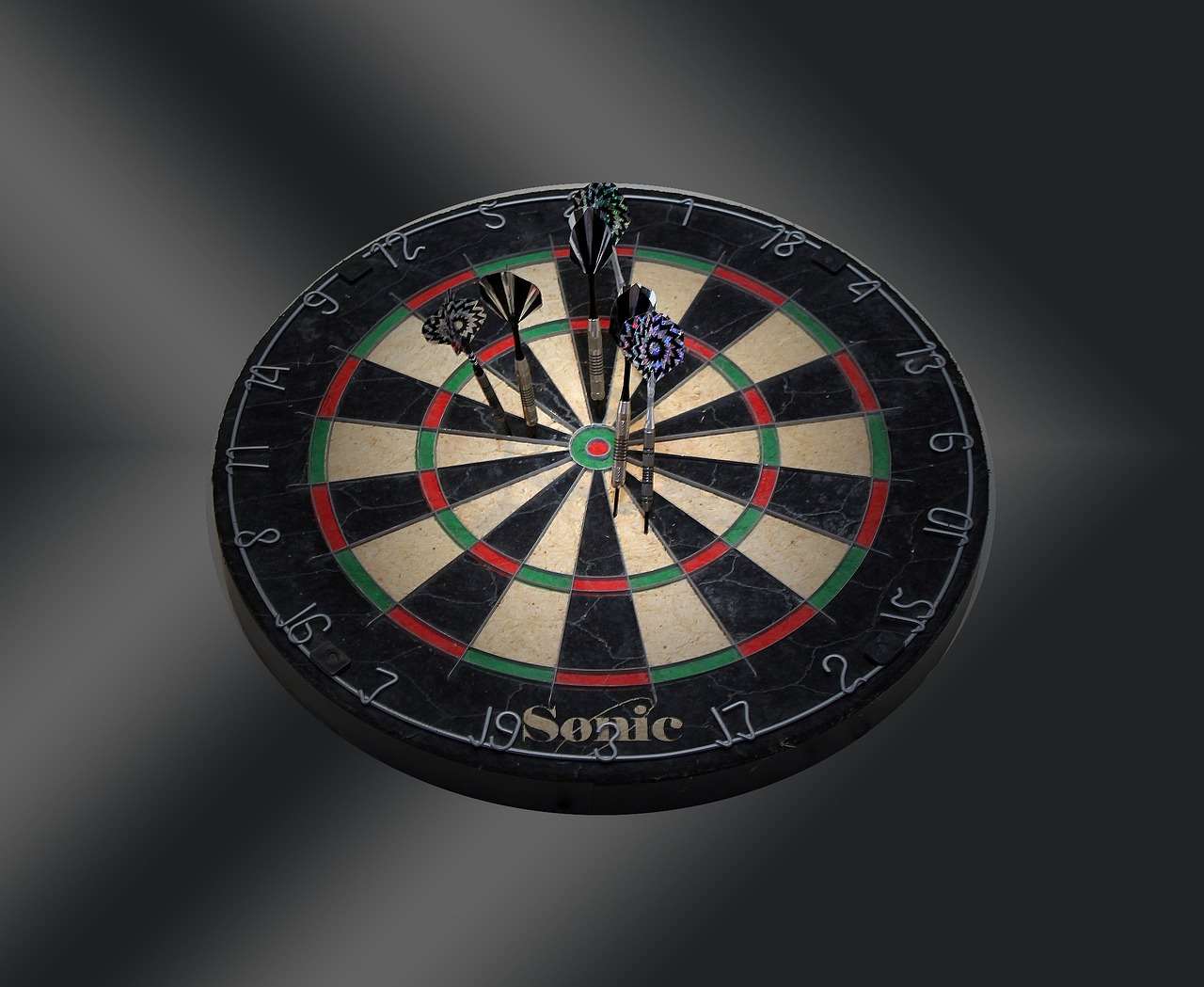
Alternative Dart Maintenance Strategies
Sharpening isn’t always necessary. Regular cleaning and inspection are just as important aspects of dart sharpening recommendations. Let’s discuss other methods to keep your darts in top condition.
Cleaning and Inspection
- Regular cleaning: After each session, wipe down your darts with a soft cloth to remove any dirt or debris. This helps prevent corrosion and ensures optimal performance.
- Inspect for damage: Regularly check your darts for any bends, cracks, or significant wear on the tip. Address these issues promptly.
- Storage: Store your darts in a protective case to prevent damage and corrosion. Moisture and impact can significantly shorten a dart’s lifespan.
Proper storage and cleaning can significantly extend the life of your darts. This reduces the need for frequent sharpening and keeps your game consistent. Neglecting these steps can lead to uneven wear and eventually, the need for frequent repairs or replacement.
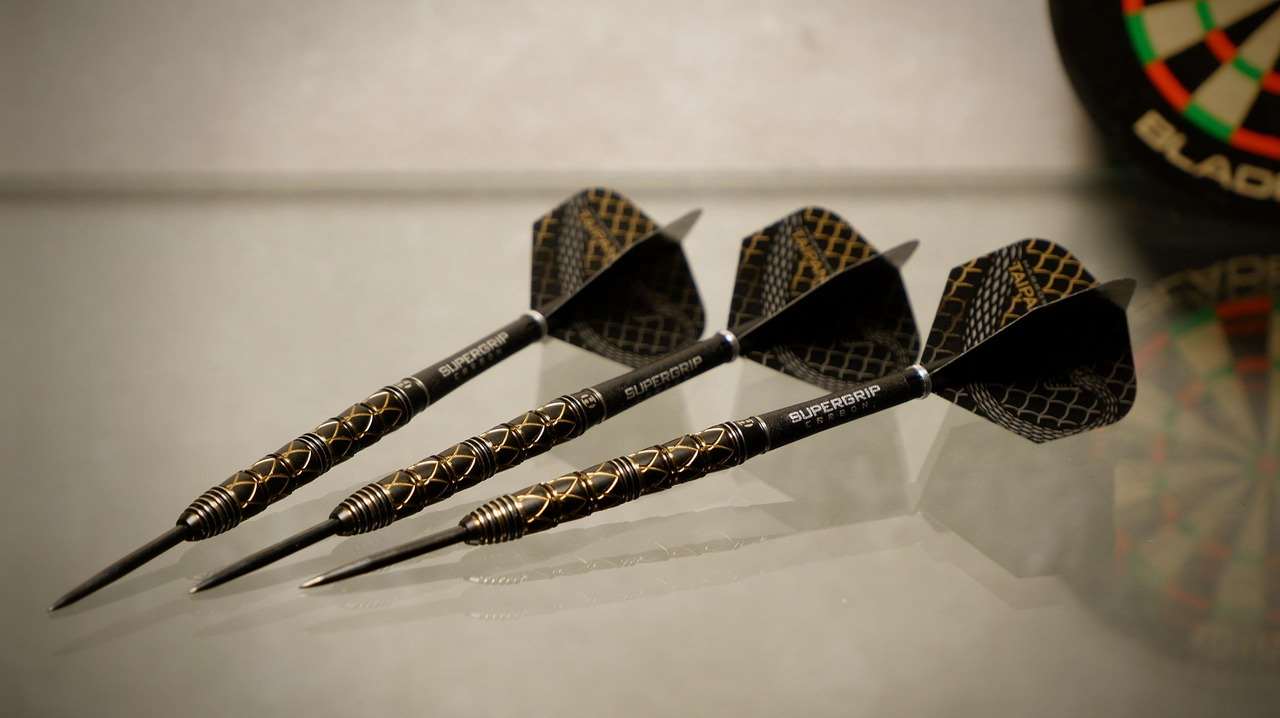
Troubleshooting Common Dart Sharpening Issues
Even with careful adherence to dart sharpening recommendations, problems can arise. Let’s address some common issues and provide solutions.
Common Problems and Solutions
- Uneven sharpening: This is usually due to inconsistent pressure or angle during sharpening. Practice maintaining a consistent angle and pressure for a smoother result.
- Damaged tip: If the tip is severely damaged, sharpening might not be effective. Replacing the tip might be necessary. Using excessively coarse sharpening tools also contributes to this.
- Bent dart: Avoid applying excessive force during sharpening. If the dart is bent, you might need to straighten it or replace it.
Remember, it’s best to err on the side of caution. If you are unsure about your ability to sharpen your darts correctly, it is always a better option to replace the damaged ones. Darts Equipment Maintenance Customization can provide additional insight into maintaining your equipment.
Advanced Dart Sharpening Techniques
For experienced players seeking a competitive edge, more advanced techniques may be considered. But remember, these techniques require practice and precision.
Advanced Techniques
While simple sharpening is sufficient for many players, some explore techniques like using specialized sharpening tools, such as diamond hones or micro-sharpening systems, for a finer degree of control. However, these tools may not be necessary for casual players.
Always prioritize a consistent sharpening angle and apply minimal pressure. The goal is a slightly pointed tip, not an extremely sharp one, and safety remains paramount. Overly aggressive sharpening can cause damage.
For a truly customized approach to dart maintenance, consider customizing dart shaft length to optimize your throw.
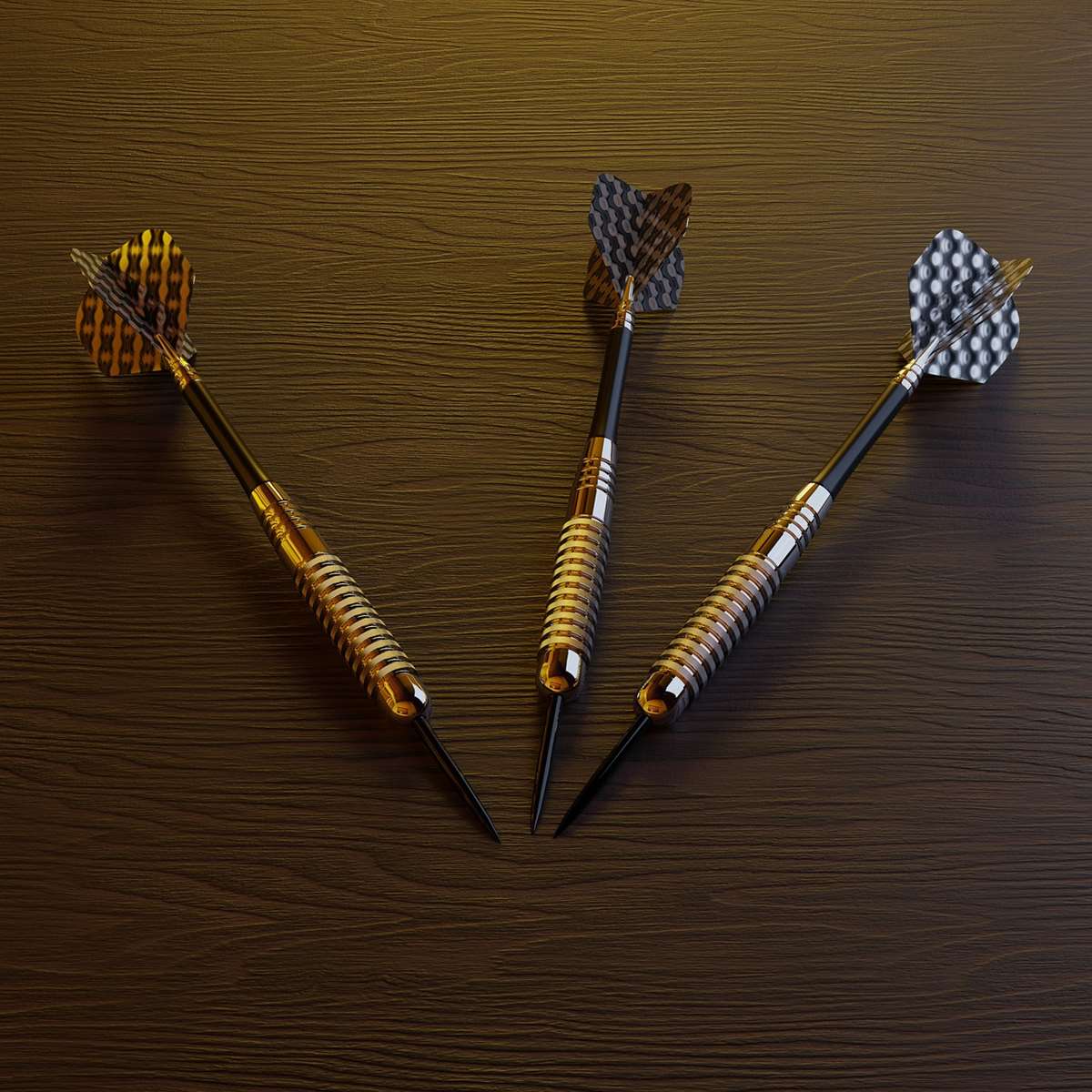
Conclusion: Maintaining Your Darts for Peak Performance
Following these dart sharpening recommendations and maintaining your darts properly will significantly improve your gameplay. Remember, consistency and precision are key to successful sharpening. Regular cleaning and inspection are just as crucial as sharpening itself. If you find your darts consistently underperforming, you may want to consider dart sharpening studies to better understand the science behind it.
By understanding your dart type, using appropriate tools, and following proper techniques, you’ll maintain your darts at peak performance. Consider exploring options like custom dart shafts for gifts or other modifications to perfect your setup. Regularly reviewing your equipment and understanding Repairing dartboard surface is just as crucial. Don’t hesitate to seek advice from experienced players or dart professionals. With the right care, your darts will provide countless hours of precise throws and enjoyment.
Hi, I’m Dieter, and I created Dartcounter (Dartcounterapp.com). My motivation wasn’t being a darts expert – quite the opposite! When I first started playing, I loved the game but found keeping accurate scores and tracking stats difficult and distracting.
I figured I couldn’t be the only one struggling with this. So, I decided to build a solution: an easy-to-use application that everyone, no matter their experience level, could use to manage scoring effortlessly.
My goal for Dartcounter was simple: let the app handle the numbers – the scoring, the averages, the stats, even checkout suggestions – so players could focus purely on their throw and enjoying the game. It began as a way to solve my own beginner’s problem, and I’m thrilled it has grown into a helpful tool for the wider darts community.